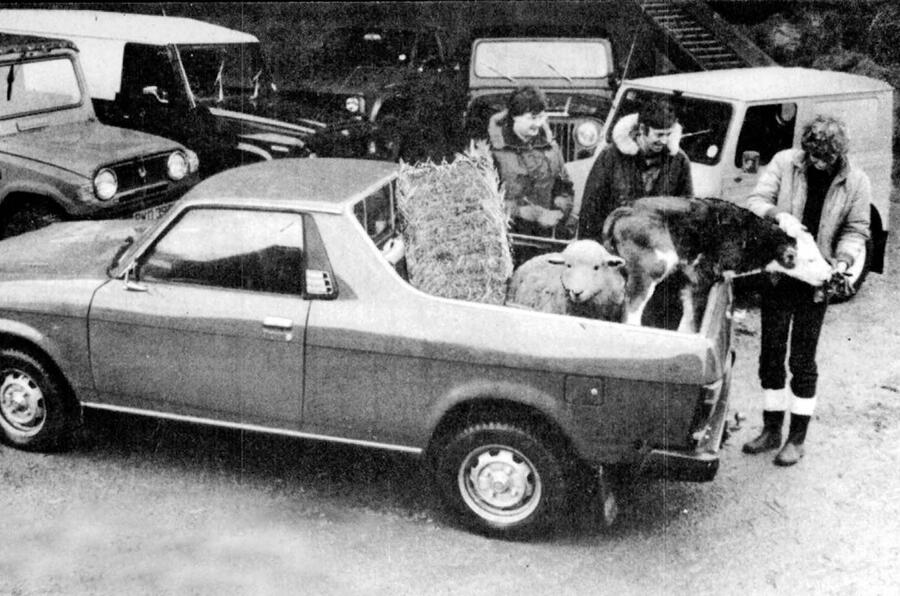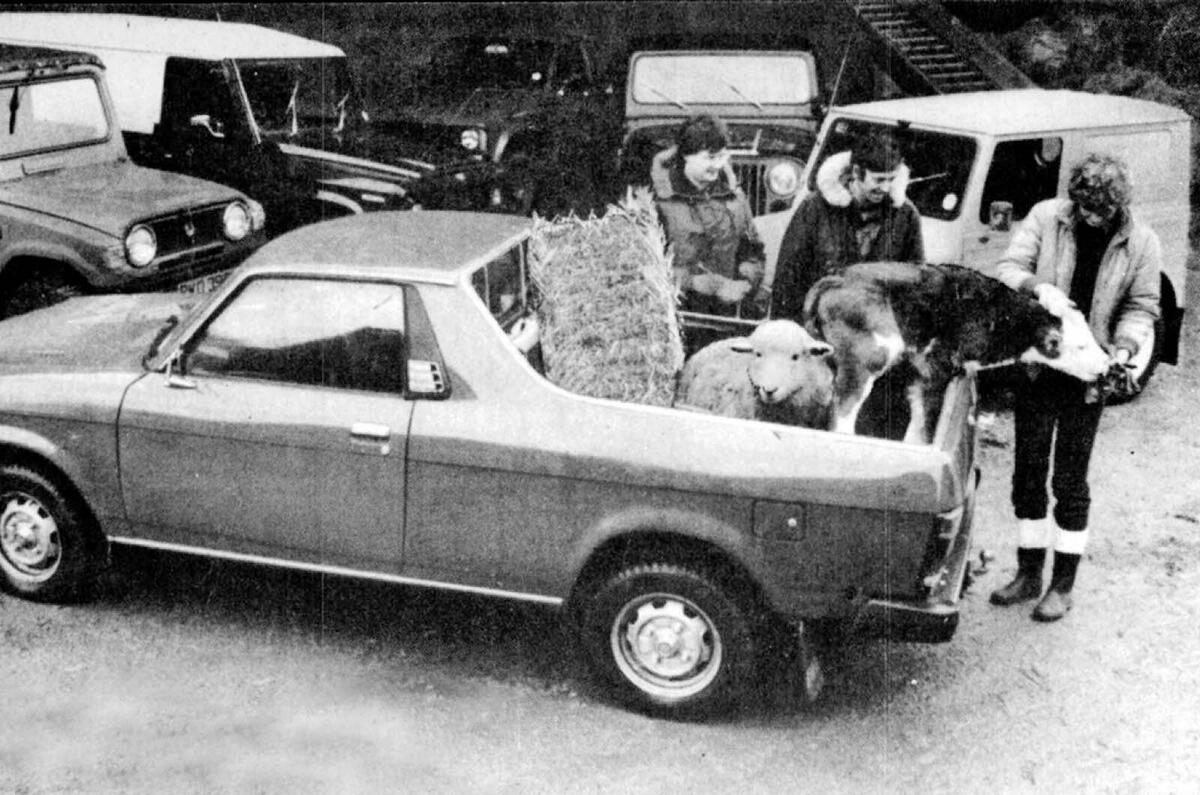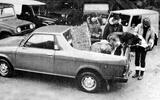When we write about off-road vehicles, it usually involves larking about in a quarry. But 4x4s aren’t just toys for motoring enthusiasts; for many people, they’re an absolute necessity for daily life and/or work.
Chief among those people are, of course, farmers. British farms were rapidly mechanised during World War II, and it was the native Land Rover that became the agricultural vehicle of choice as peace returned – and then dominated for decades.
In the late 1970s, though, it came under pressure from multifarious 4x4s arriving from abroad. So, in 1982, Autocar gathered the six most significant imports on a farm in rural Kent to see what was what.
Static tests were loading sheep, calves, hay bales and fertiliser bags; dynamic tests were towing a laden livestock trailer, crossing a sodden, snowy ploughed field and negotiating a steep and tortuous Downland route.
There was meant to be another – climbing a steep, muddy hill – but none of our 4x4s could actually get to the base, such was the slime at the gate. Our farmer judges were sure that a Landie would also have failed there, mind you.
Enjoy full access to the complete Autocar archive at the magazineshop.com
Predictably, Suzuki’s tiny LJ80 (or Jimny), with its mere 225kg payload, could hold the least: just three calves, two sheep or four bales (after a fight with the tailgate).
However, it “could be ideal as an economical, low-cost means of achieving quick access to all points of a large farm or estate, with its very real off-road capabilities. Its 797cc [four-pot] has only 41bhp – quite adequate for nippy runabout work but a little restrictive in harder-working applications.”
Modest fuel economy was on the upside, along with the price of just £3799 (£13,290 in modern money).
The Daihatsu F20 (or Taft) wasn’t much larger but could hold a fair bit more, with its 385kg payload, although it was “nothing like as refined, being less of a ‘fun’ vehicle”, and “more agricultural inside” – despite costing a much more substantial £5721 (£20,015).











Add your comment